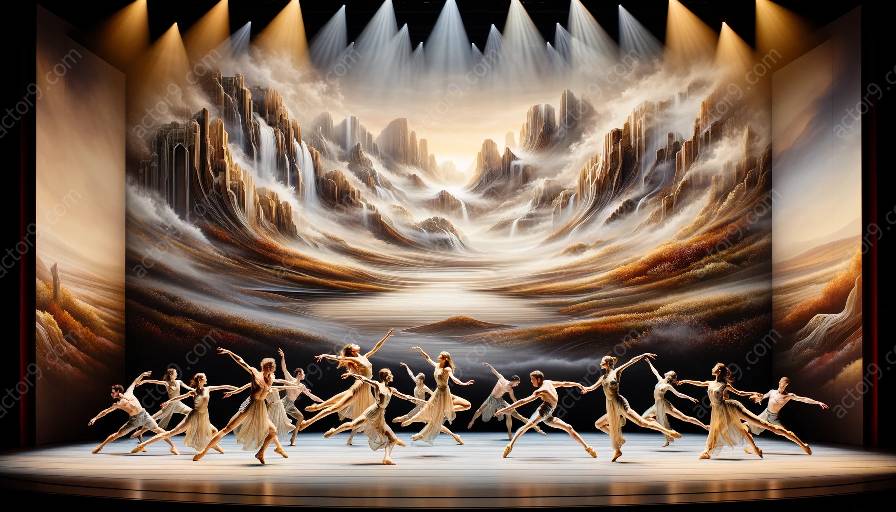Physical theatre choreography is a captivating art form that transcends traditional dance and drama, seamlessly integrating the physical and emotional aspects of performance. In this comprehensive topic cluster, we will delve into the intricate relationship between psychological and emotional elements in physical theatre choreography, exploring how the mind and body collaborate to create compelling and impactful performances.
The Intersection of Psychology and Physical Expression
At the heart of physical theatre choreography lies the fusion of psychological and physical expression. Performers harness their inner emotions, thoughts, and experiences, translating them into dynamic movements and gestures that convey a rich narrative without relying on spoken language. By tapping into the depths of human psychology, physical theatre choreography becomes a powerful vehicle for storytelling and emotional connection.
Understanding Body Language and Emotional Resonance
One of the key psychological aspects of physical theatre choreography is the exploration of body language and its innate ability to convey complex emotions. Through intricate body movements, performers convey a wide array of emotions, from joy and elation to sorrow and despair, allowing audiences to connect with the raw, unspoken sentiments evoked by the choreography.
Emotional Vulnerability and Artistic Authenticity
Physical theatre choreography demands a level of emotional vulnerability and artistic authenticity that is unparalleled. Performers often draw on personal experiences and feelings, channeling them into their movements to create genuine, emotionally charged performances. This level of authenticity not only resonates with audiences but also serves as a cathartic experience for the performers themselves, who use the art form as a means of emotional expression and release.
The Influence of Psychological Concepts on Choreographic Decision-Making
Psychological concepts play a significant role in shaping choreographic decision-making in physical theatre. Choreographers consider elements such as psychological tension, spatial awareness, and the psychology of movement to craft compelling narratives and themes. This deliberate integration of psychological principles elevates physical theatre choreography to a form of artistic expression that transcends the limitations of verbal communication.
Exploring the Impact of Emotional States on Performance
The emotional states of performers directly influence the nuances of physical theatre choreography, contributing to the creation of multidimensional characters and narratives. Choreographers delicately balance the portrayal of emotions, harnessing psychological insights to infuse performances with depth and authenticity. This process not only requires a deep understanding of human psychology but also emphasizes the emotional investment of both the performers and the audience.
Integration of Psychotherapy and Movement
Physical theatre choreography often explores the integration of psychotherapeutic elements with movement, creating a platform for emotional exploration and healing. Performers and choreographers delve into the subconscious, using movement as a medium for self-discovery and emotional release. This unique amalgamation of psychological and movement-based therapies demonstrates the profound impact of physical theatre on mental and emotional well-being.
Embracing Vulnerability and Healing Through Movement
Embracing vulnerability and exploring profound emotions through movement becomes a transformative experience in physical theatre choreography. Performers navigate the depths of their psyche, confronting personal challenges and emotional barriers through the medium of movement. This therapeutic approach fosters healing and empowers performers to embrace their vulnerabilities, fostering a profound connection between psychological well-being and artistic expression.
Conclusion
The psychological and emotional aspects of physical theatre choreography form a rich tapestry of human experience, relying on a deep understanding of the complexities of the mind and body. Through the seamless integration of psychological insights and emotional resonance, physical theatre choreography emerges as a profound form of artistic expression, captivating audiences with its raw authenticity and evocative storytelling.




































